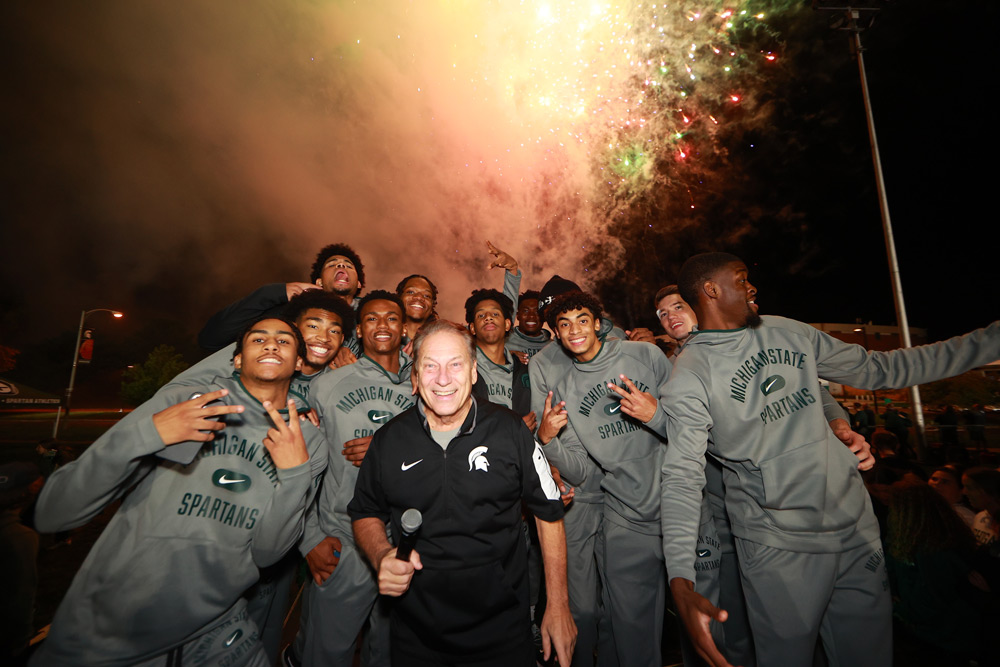
The Magic Behind the Color of Fireworks
Let’s talk for a moment about the true magic behind fireworks. The truth is it is not really that difficult to create a grand fireworks display. Sure, they might look complicated with all of their wires, computer programmed timers, and mortar casings. However, all of these are merely designed to light a specific fuse at a specific time. With enough practice, just about anyone can do it. That is not the real magic behind fireworks.
The real magic behind those amazing displays are the spectacular colors. Without the color, you would just have a loud noise maker. Who would show up for a display if you told them that thee would be no color just loud noises? If you want loud noises, a trip to any local Michigan day care will suffice. No, we have to have color with our fireworks. That is where the real magic takes place. Seeing the night sky blossom into something unexpected and colorful is the reason parking lots and open fields are jammed with spectators every year when the 4th of July rolls around.
How Fireworks Get Their Color
However, what it takes to make each color might surprise you. Inside each firework are tiny packets of chemical mixtures. Most of the time, these consists of two things… metal salts and metal oxides. They are put in specific combinations to create specific colors. The colors occur naturally. With a basic understanding of physics, we can determine which colors we want by simply paying attention to their chemical composition. This might seem a bit complex, but bear with me. If we can understand it here in Michigan, you folks can get it too.
You see, when a firework is ignited, the atoms present in each element rearrange themselves from a state of low energy to a state of high-energy. This high energy state is known as their “excited” state. Then, when the electrons calm down and return to their lower state of energy, the excess energy is expressed as light. Each chemical compound produces a different amount of energy when excited. All we need to do, in that regard, is come up with the proper amount of salts and oxides to produce the color that we would like.
It all Starts With Red, Blue, and Yellow
For instance, when you heat sodium nitrate, the electrons release energy at around 200 kilojoules per molecule. This creates yellow light. To create the color blue, you would need different amounts of copper chloride. Creating red would involve strontium and lithium salts in proper ratio formulation. Now we know how to create our three primary colors. It kind of feels like kindergarten all over again right?
Next, in order to create colors such as green or purple, we use the same rule of thumb that we do with paint. Simply mix the two primary colors together that are needed to create the secondary color. So green would involve mixing sodium nitrate and copper chloride. Purple would involve mixing strontium, lithium, and copper chloride. These measurements have to be exact and it is no easy feat. However, a good alchemist or pyrotechnic professional does that very thing over and over and over again. What does that mean to you and I? Well nothing really, unless you want to make your own. All we have to do is pull up a lawn chair and watch the night sky come to life.



